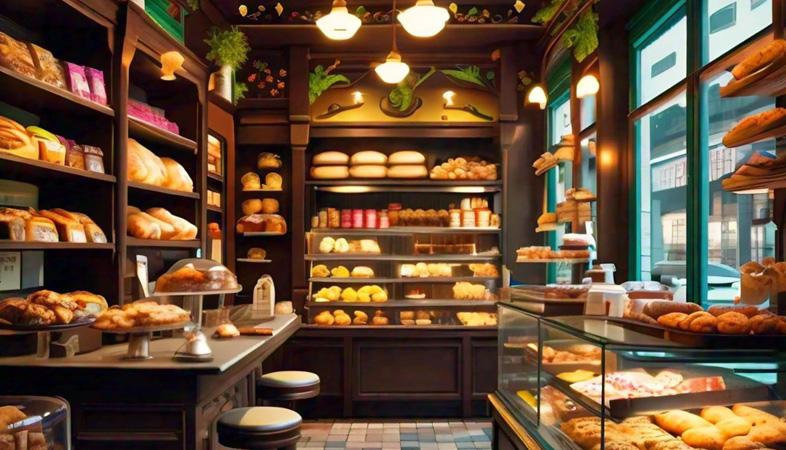Hotel Interior Design: Creating Memorable Stays Through Thoughtful Design
Hotel interior design goes far beyond aesthetics; it encompasses functionality, comfort, and the expression of the hotel's brand identity.
The design of a hotel's interior plays a pivotal role in
shaping the guest experience and leaving a lasting impression. From the moment
guests step through the doors, they are immersed in a carefully curated
environment that sets the tone for their stay. Hotel interior design goes far
beyond aesthetics; it encompasses functionality, comfort, and the expression of
the hotel's brand identity. In this article, we explore the key elements of
hotel interior design and how they come together to create memorable stays for
guests.
1. Setting the Stage: The lobby serves as the gateway to the hotel experience, setting the stage for what guests can expect during their stay. A well-designed lobby welcomes guests with open arms, providing a seamless transition from the outside world to the comfort and luxury of the hotel. From the layout and furnishings to the lighting and decor, every element is carefully chosen to create a warm and inviting atmosphere that reflects the hotel's brand and ethos.
2. Creating Comfort: Comfort is paramount in hotel interior design, as guests expect a comfortable and restful environment during their stay. This begins with the guest rooms, where plush bedding, ergonomic furniture, and thoughtful amenities ensure that guests feel relaxed and rejuvenated. In addition to the guest rooms, hotel common areas such as lounges, restaurants, and fitness centers are also designed with comfort in mind, providing spaces where guests can unwind and recharge.
3. Expressing Identity: Hotel interior design offers a unique opportunity to express the identity and personality of the hotel. Whether it's a boutique hotel with a quirky and eclectic design aesthetic or a luxury resort with a sleek and contemporary vibe, the interior design should reflect the hotel's brand and resonate with its target audience. This can be achieved through the use of color schemes, materials, and decor elements that evoke the desired mood and atmosphere.
4. Fostering Functionality: In addition to aesthetics, hotel interior design must also prioritize functionality and practicality. This includes considerations such as efficient space planning, intuitive wayfinding, and the incorporation of technology to enhance the guest experience. From the placement of power outlets and USB ports to the integration of smart home features, every design decision should be made with the guest's comfort and convenience in mind.
5. Creating Memorable Moments: The best hotel interior designs are those that create memorable moments for guests, whether it's a stunning architectural feature, a breathtaking view, or a thoughtful design detail that surprises and delights. These moments help to elevate the guest experience and leave a lasting impression, turning an ordinary stay into an extraordinary one.
Hotel interior design is a multifaceted endeavor that encompasses aesthetics, comfort, functionality, and brand expression. By thoughtfully designing every aspect of the hotel environment, from the lobby to the guest rooms to the common areas, hotels can create memorable stays that resonate with guests long after they check out. Ultimately, hotel interior design is about creating spaces where guests feel welcomed, comfortable, and inspired, turning each stay into a truly unforgettable experience.
.png)




























